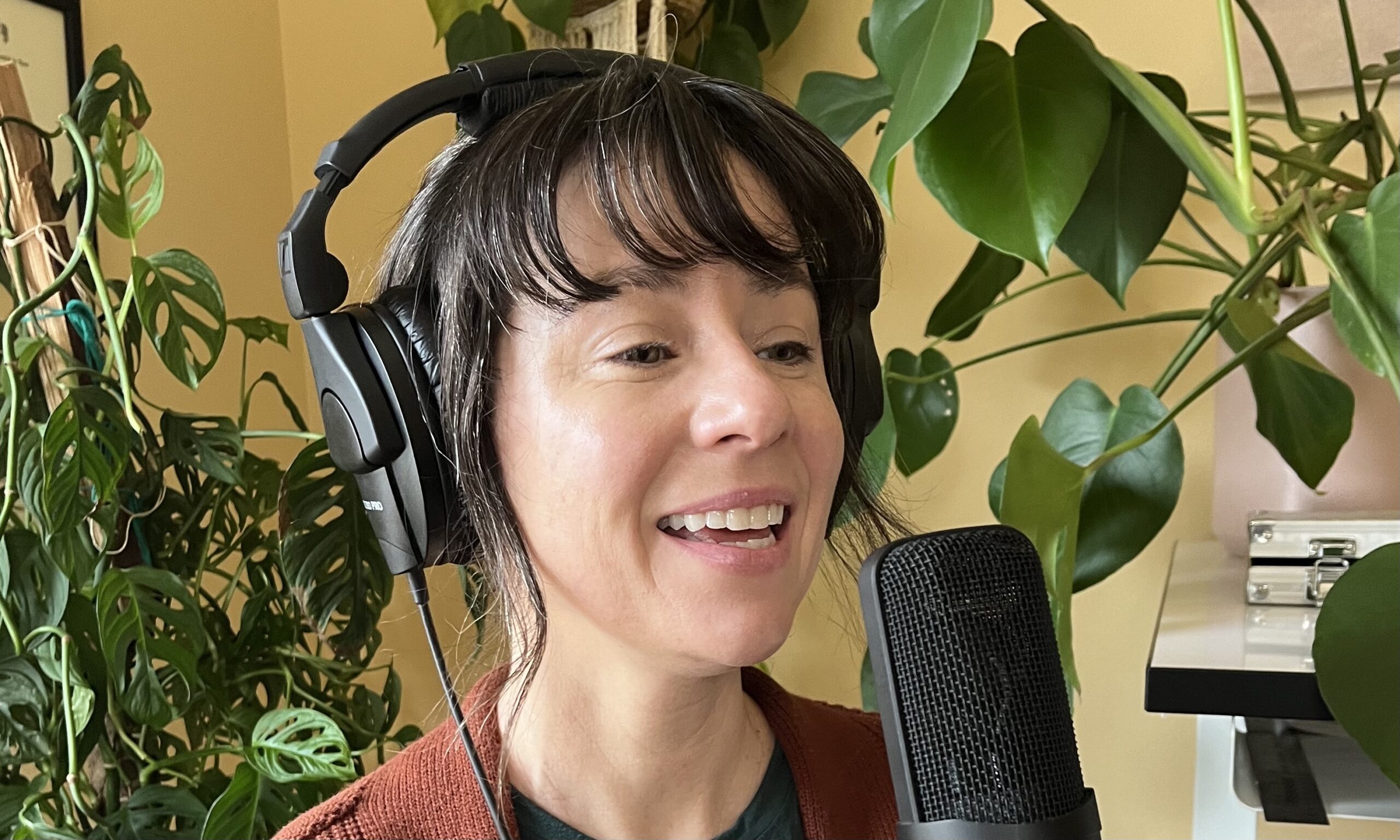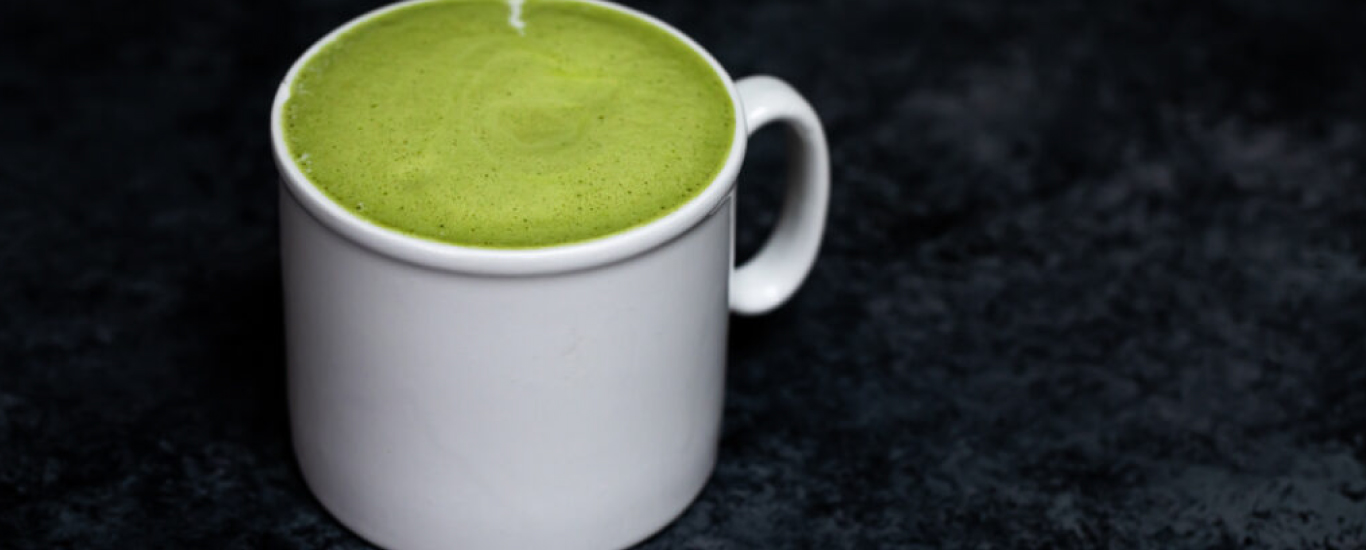The Scientific Affairs Committee of the American Association of Naturopathic Physicians compiled data and released the following paper earlier this year:
Naturopathic Medicine:
A Key Part to Healing the Nation’s Financial Health Care Crisis
Increasing levels of chronic disease including: diabetes, heart disease, chronic pain, cancer and obesity, have created a multi-trillion dollar financial burden on the medical system. Naturopathic medicine may reduce the need for expensive conventional care by promoting health and decreasing the need for medical interventions over the long term. Naturopathic doctors are primary care providers that treat acute and chronic conditions as well as address health promotion and disease prevention.
Naturopathic medicine costs less than conventional care.
- Use of natural health products has the potential to improve health outcomes and reduce cost compared to conventional treatment by anywhere from 3.7- 73%. (1)
- A 2006 University of Washington study found that in WA State, naturopathic care cost insurers $9.00 per enrollee vs. $686.00 for conventional care. (2)
- Manual therapy cost less than primary care for neck pain and decreases recovery time, thereby also improving productivity. (3)
- One year of a lifestyle intervention program (similar to that recommended by naturopathic physicians) for patients with coronary artery disease not only improved all health outcomes and reduced the need for surgery but also cost significantly less then conventional treatment ($7,000 vs $31,000 –$46,000). (4)
- Naturopathic care, when used for reduction of cardiovascular risk factors (high blood pressure and cholesterol, for example) improved health and increased job productivity, and was determined to actually be a cost-saver for an employer. (5)
- Naturopathic care used for chronic low back pain, not only cost less than a standard physical therapy regimen but also decreased absenteeism by up to 7 days in a worker’s year. (6)
Naturopathic medicine decreases the need for medical interventions by improving patient wellbeing, preventing disease and treating disease by improving health.
- The naturopathic emphasis on prevention and health promotion saves lives and dollars. Lifestyle modification counseling prevented more cases of diabetes than drug treatment. (7)
- It is estimated that if the current level of medical intervention continues the US will end up spending $9.5 trillion dollars over the next 30 years caring for cardiovascular disease, diabetes and congestive heart disease alone. By adding preventive strategies to improve patients’ health, total cost could be reduced approx. $904 billion or almost 10%. (8)
- Although the initial cost of prevention and treatment using natural medicine is sometimes similar to conventional care the benefits gained by avoiding disease and their associated costs are invaluable and much preferred by patients. (9)
- Patients who received intensive lifestyle modification and naturopathic therapy for type II diabetes improved all health scores (lipid levels, body fat percentage, etc.) and decreased medication requirements compared to those on standard therapy, in just one year. (10)
The use of naturopathic medicine decreases total medical expenditure.
- Total expenditure on health care by insured complementary and alternative medicine (CAM) users is less than non-CAM users ($3,797 vs $4,153); this is an approximate $9.4 million saving for just 26,466 CAM-users (11)
- Patients with the greatest disease burden, which tend to be the most expensive patients, show the most significant reduction in total medical expenditures when utilizing CAM.(12)
- Naturopathic doctors are the bridge between alternative and conventional care and model true integrative care. Patients who receive care from an integrative primary care physician have reduced medical costs and need of medical intervention when compared to those receiving conventional primary care. (11)
- Naturopathic care in Canada reduces the use of prescription medications by 53%. (13)
- Reduction in drug prescriptions (61% less) and use of conventional medical care (55% less) are substantial among CAM users. (14)
References
- Kennedy, Deborah A. et al. Cost Effectiveness of Natural Health Products: A Systematic Review of Randomized Clinical Trials. eCAM 2009; 6(3) 297-304 (5).
- Lafferty WE, et al. Insurance Coverage and Subsequent Utilization of Complementary and Alternative Medicine Providers. Am J Manag Care 2006; 12(7): 397-404 (7).
- Korthals-de Bos, Ingeborg B. C. Cost Effectiveness of Physiotherapy, Manual Therapy, and General Practitioner Care For Neck Pain: Economic Evaluation Alongside A Randomised Control Trial. BMJ 2005; 326: 911-917.
- Ornish, Dean. Avoiding Revascularization with Lifestyle Changes: The Multicenter Lifestyle Demonstration Project. Am J Cardiol 1998;82:72T–76T.
- Seely D, Herman P. Presented at 2010 AANP Conference. Model Whole Practice Study Finds Naturopathic Care Effective, Cost Saving for Canadian Employer. Unpublished. http://theintegratorblog.com/index.php?option=com_content&task=view&id=682&Itemid=189
- Herman PM, Szczurko O, Cooley K, Mills EJ. Cost-effectiveness of naturopathic care for chronic low back pain. Altern Ther Health Med. 2008 Mar-Apr;14(2):32-9.
- Williamson DF. Primary prevention of type 2 diabetes mellitus by lifestyle intervention: implications for health policy. Ann Intern Med 2004; 140(11):951-7.
- Kahn, Richard. The Impact of Prevention on Reducing the Burden of Cardiovascular Disease. Circulation 2008, 118:576-585.
- Woolf, Steeve. A Closer Look at the Economic Argument for Disease Prevention. JAMA 2009; 301 (5) 356-3.
- Hernan WH. Costs associated with the primary prevention of type 2 diabetes mellitus in the diabetes prevention program. Diabetes Care. 2003; 26(1):36-47.
- Lind, Bonnie K. et al: Comparison of Health Care Expenditures Among Insured Users and Nonusers of Complementary and Alternative Medicine in Washington State: A Cost Minimization Analysis. J Alternative and Complementary Med 2010; 16: 411-417.
- Sarnat, Richard L. et al. Clinical Utilization and Cost Outcomes From and Integrative Medicine Independent Physician Association: An Additional 3- Year Update. J Manipulative Physiol Ther 2007; 30: 263-269.
- http://www.ccnm.edu/sites/ccnm/files/pdfs/news_events/press_releases/attitudes_towards.pdf
- Stewart D. Utilization, Patient Satisfaction, and Cost Implications of Acupuncture, Massage, and Naturopathic Medicine As Covered Health Benefits; A Comparison of Two Delivery Models. Alternative Therapies in Health & Med. 2001.
DISCLAIMER: Dr. Kate Naumes holds a Doctorate in Naturopathy and a Certificate in Midwifery from Bastyr University. The state of Texas does not license Naturopathic Doctors. As such, she holds her license in Oregon and acts in Texas as a wellness consultant, not as a physician.




